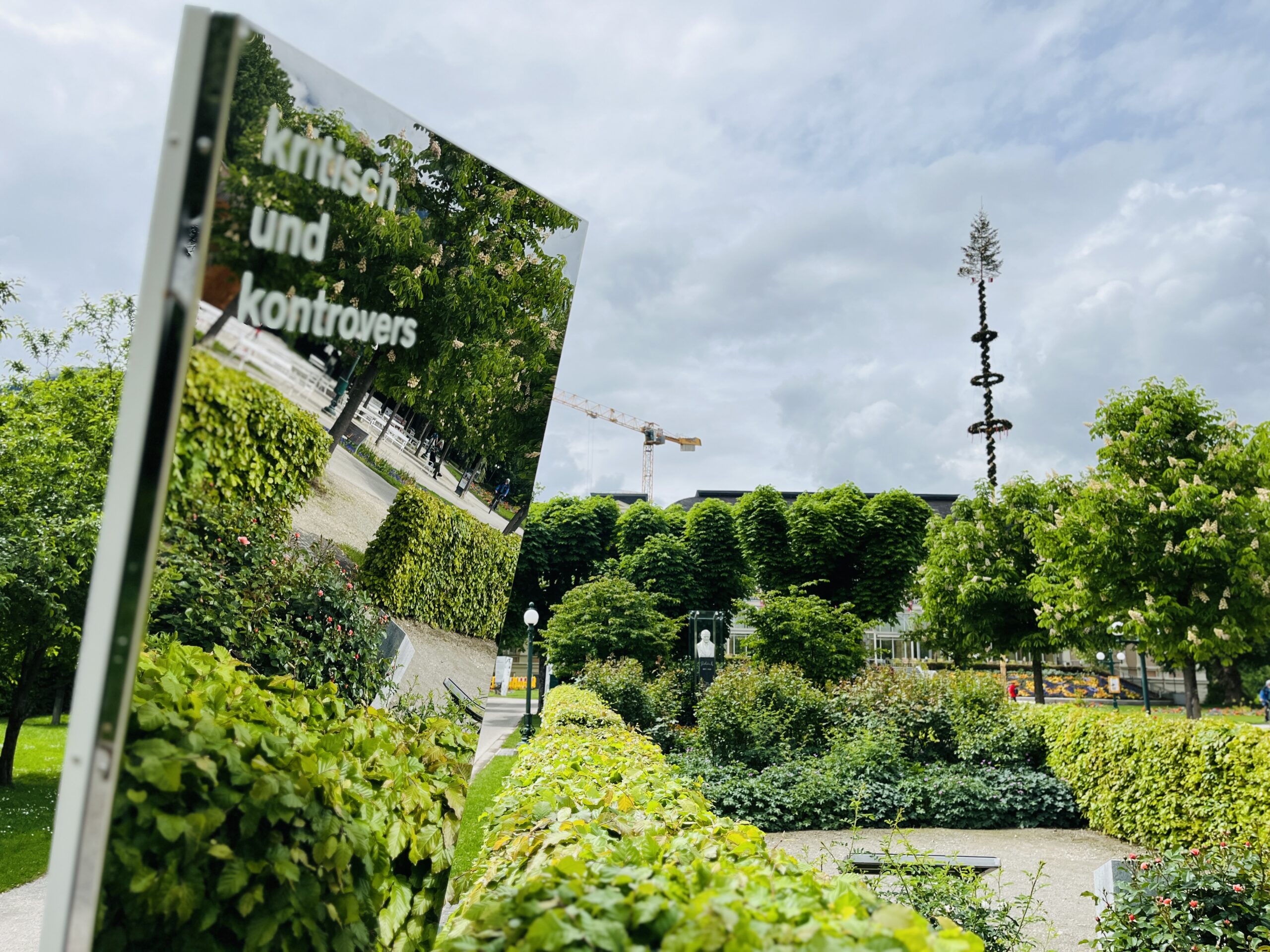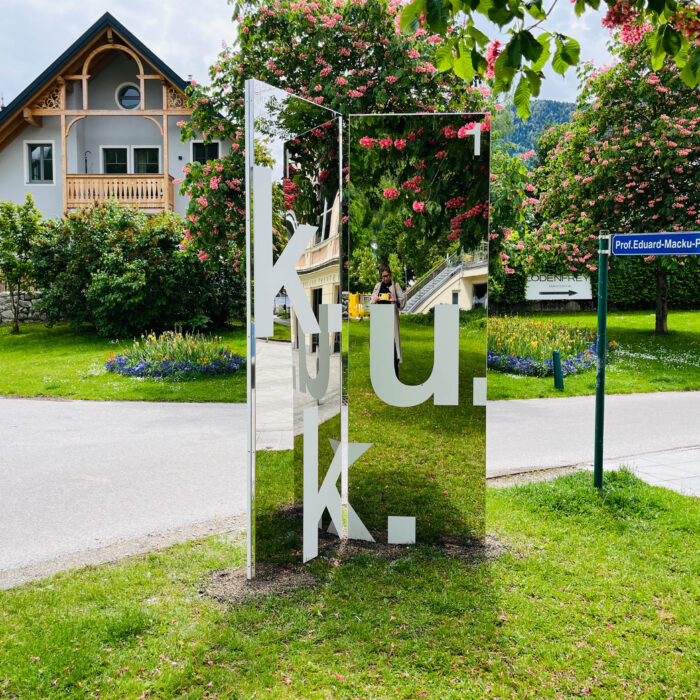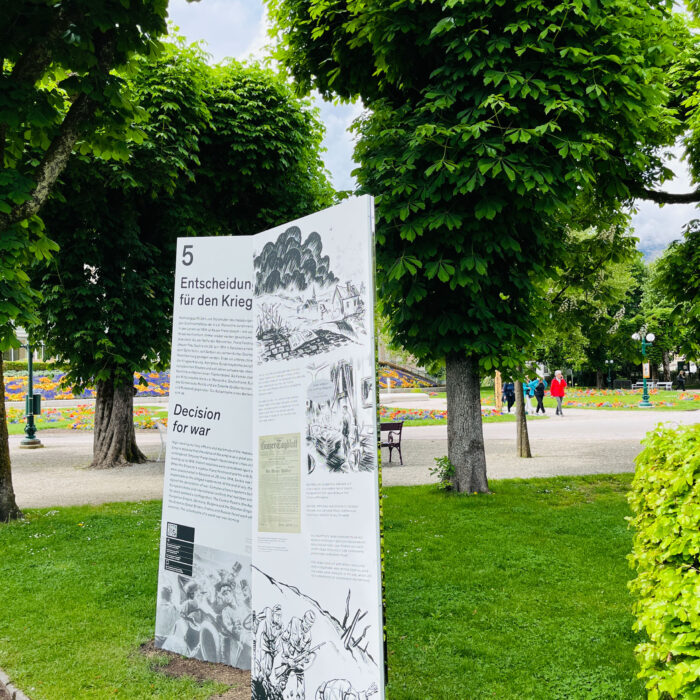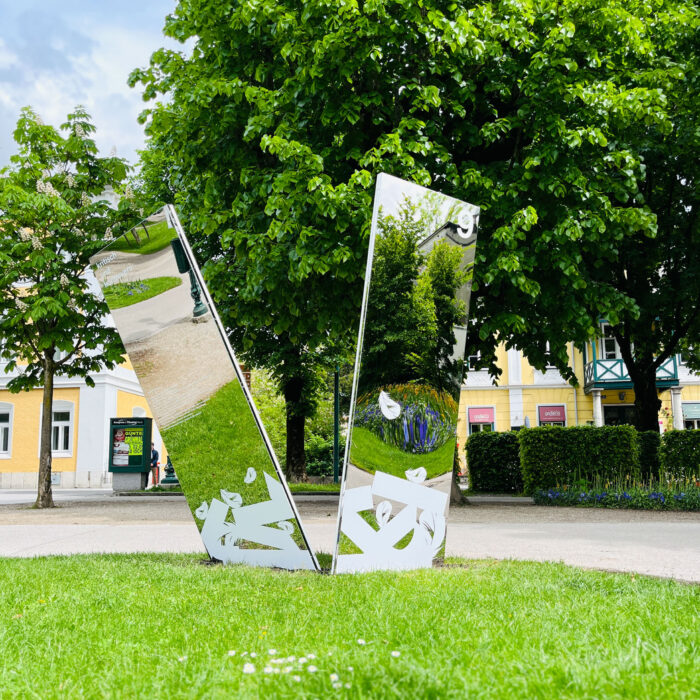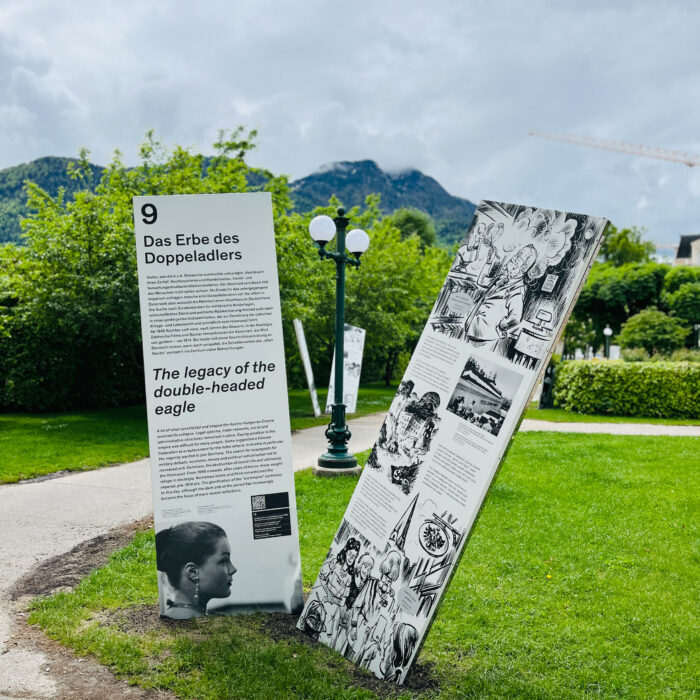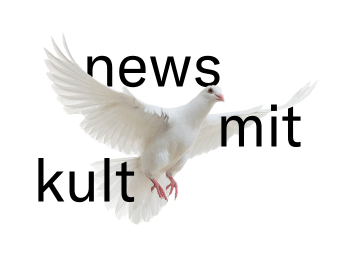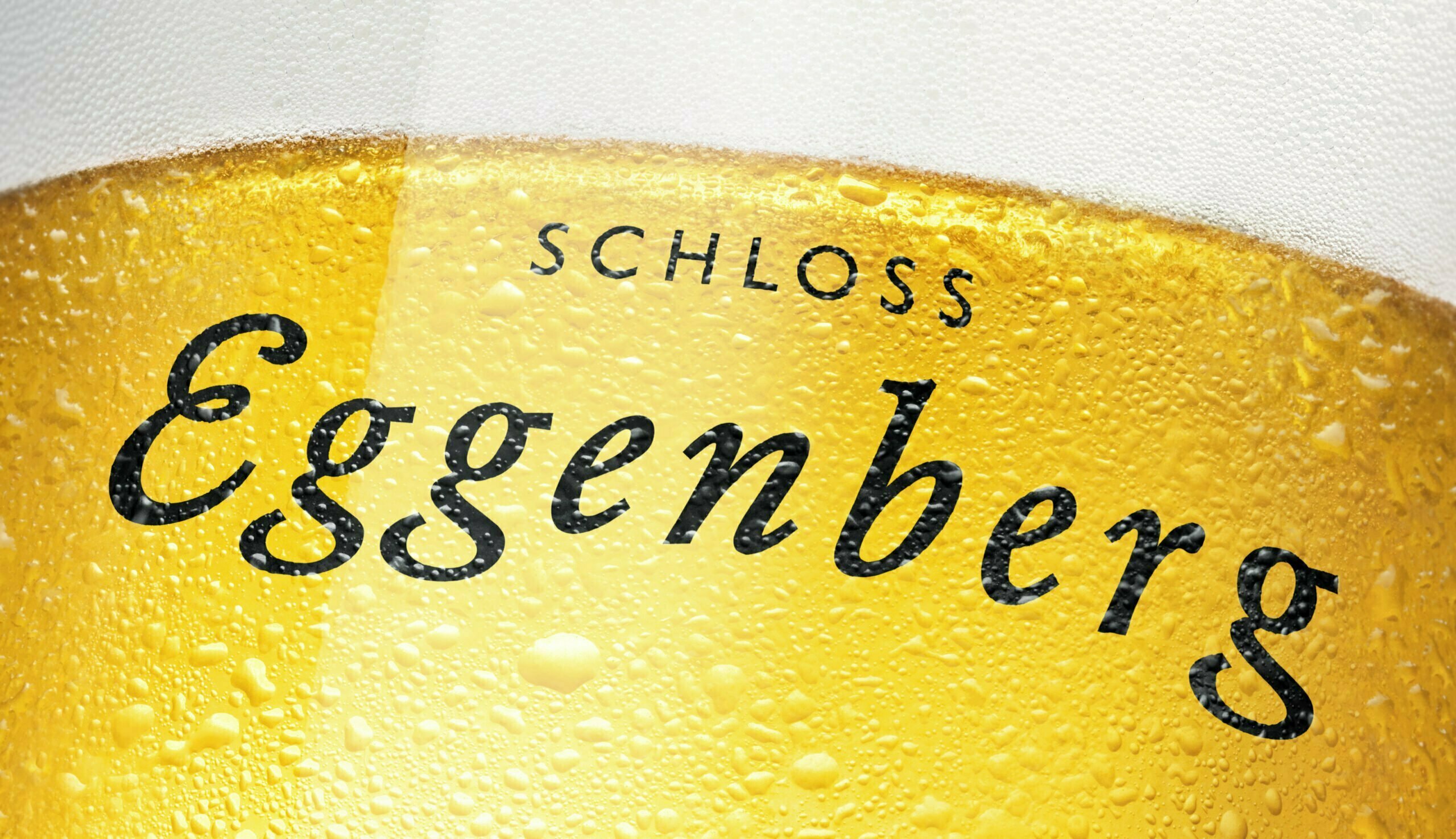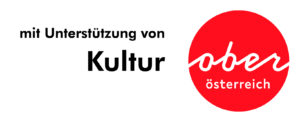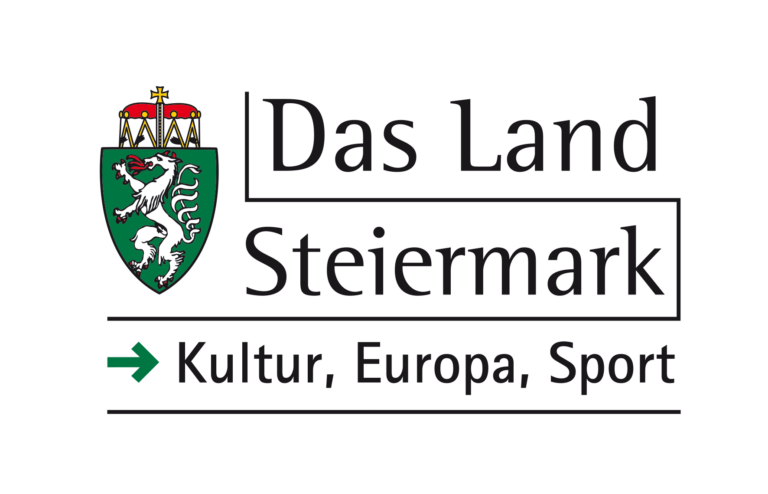November 1918: The old political order collapses. Time and again, the monarchy was on the brink of extinction, but it also had a remarkable ability to survive. Now it is finally coming to an end. Or not quite? After 1918, the political reality of the Habsburg Empire became a myth that continues to have an effect today – not only in Austria, but also in the rest of Europe.
The “imperial town” of Bad Ischl becomes the focus of attention. The idyllic town became the centre of a romanticised Habsburg legend. Yet it is precisely Ischl that reminds us of fatal decisions made by the imperial family. It was in Bad Ischl that Franz Joseph I decided to take up arms in the summer of 1914. It became the “primeval catastrophe” of the 20th century.
The European Capital of Culture is dedicated to this difficult legacy. Information steles with audio and visual documents convey the complex events before and after 1918. Accompanying events, among others with Pieter Judson, Herfried Münkler, Eva Demmerle, Hannes Androsch and Manfried Rauchensteiner, complement the intervention in public space.
